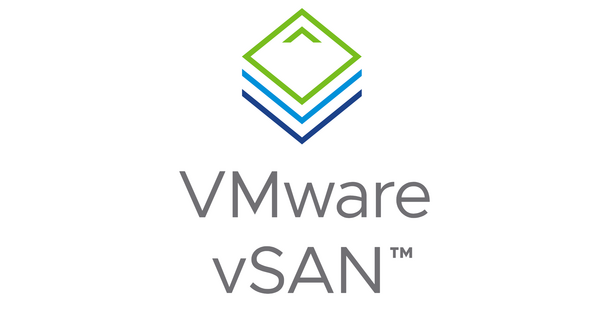VMware vSAN is a powerful and versatile software-defined storage solution that integrates seamlessly with VMware’s hypervisor, vSphere. With the introduction of the Express Storage Architecture (ESA), VMware has pushed the boundaries of performance and scalability by leveraging modern hardware. However, despite the advanced capabilities of ESA, there are numerous scenarios where the Original Storage Architecture (OSA) remains the better choice. As an architect, it’s important to understand when and why vSAN OSA might be more appropriate for certain deployments.
Compatibility with Existing Infrastructure
Broader Hardware Support:
One of the most significant advantages of vSAN OSA is its broad hardware compatibility. OSA supports a wide range of storage devices, including SATA, SAS, and older SSDs, as well as traditional spinning disks. This flexibility allows organizations to utilize existing hardware, minimizing the need for costly upgrades. In contrast, vSAN ESA is optimized for NVMe storage and RDMA networking, which might not be present in existing environments.
Maximizing Existing Investments:
Organizations that have already invested heavily in their current storage infrastructure can continue to capitalize on these investments with vSAN OSA. Replacing an entire fleet of storage devices to meet ESA’s stringent requirements could be prohibitively expensive, especially in environments where the current setup meets performance needs.
Operational Maturity and Stability
Proven Track Record:
vSAN OSA has been in the market longer and has undergone extensive real-world testing across a wide range of environments. This maturity translates to stability, with many potential bugs and issues already identified and resolved through years of updates and patches. For organizations that prioritize reliability and predictability, OSA’s established track record is a strong selling point.
Established Best Practices and Ecosystem:
With a more extensive history, vSAN OSA has a well-established ecosystem of best practices, third-party integrations, and support resources. IT teams are more likely to find detailed documentation, community support, and proven strategies for deploying and managing vSAN OSA, reducing the risk of encountering unexpected issues during operation.
Cost Considerations
Lower Initial Investment:
For organizations with budget constraints, vSAN OSA is often the more cost-effective choice. The ability to use a wider range of hardware, including lower-cost options, reduces the upfront investment required to deploy a vSAN solution. In contrast, vSAN ESA’s reliance on cutting-edge hardware could significantly increase the cost of entry.
Cost-Effectiveness for Smaller Deployments:
In smaller environments or for workloads with moderate performance requirements, the advanced features of ESA might represent overkill. vSAN OSA can deliver the necessary performance and resilience at a lower cost, making it a better fit for such scenarios.
Use Case Specificity
Workloads with Moderate Performance Needs:
Not all workloads require the high performance and low latency that vSAN ESA offers. For many typical enterprise applications—such as file servers, virtual desktops, and non-critical databases—the performance of vSAN OSA is more than adequate. Deploying ESA in these scenarios might result in unnecessary complexity and expense.
Legacy Application Compatibility:
Some legacy applications might not benefit from the advanced capabilities of ESA and could even face compatibility issues with cutting-edge technologies like NVMe or RDMA. In these cases, vSAN OSA, with its support for a broader range of storage types and networking technologies, provides a safer and more compatible environment.
Long-Term Support and Maintenance
Guaranteed Support for Existing Hardware:
Organizations that have standardized on certain hardware configurations need assurance that their investments will be supported long-term. VMware’s commitment to supporting vSAN OSA on a wide range of hardware means that organizations can be confident in their ability to maintain and expand their environments without being forced into costly upgrades.
Consistency Across Multiple Sites:
For organizations with multiple sites, consistency in infrastructure is often critical. If certain sites have older hardware or specific requirements that make upgrading to ESA impractical, maintaining a consistent vSAN OSA deployment across all locations can simplify management, reduce training requirements, and ensure uniformity in operations.
Conclusion
While vSAN ESA introduces significant advancements in performance and scalability, vSAN OSA remains a robust and reliable choice for many organizations. Its broader hardware compatibility, operational maturity, cost-effectiveness, and suitability for a wide range of workloads make it an ideal option for environments where the advanced features of ESA are not necessary or where existing investments need to be preserved.
For an architect, recommending vSAN OSA over ESA should be based on a thorough assessment of the organization’s specific needs, existing infrastructure, budget constraints, and long-term IT strategy. In many cases, the simplicity, stability, and cost advantages of vSAN OSA will outweigh the benefits of upgrading to ESA, making it the better choice for a wide range of deployments.



